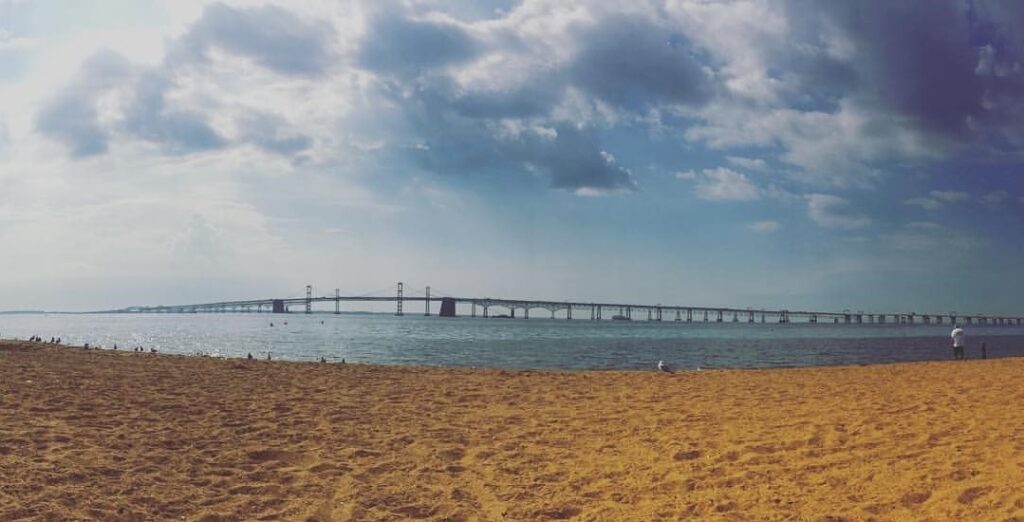 Could a bill intended to fight climate change and improve water quality in the Chesapeake Bay have the opposite effect? That is the real prospect raised by Anne Arundel County Council Executive Steuart Pittman’s forest conservation bill (CB 68-19).
Could a bill intended to fight climate change and improve water quality in the Chesapeake Bay have the opposite effect? That is the real prospect raised by Anne Arundel County Council Executive Steuart Pittman’s forest conservation bill (CB 68-19).
The bill runs contrary to state plans to restore the Chesapeake and reduce greenhouse gas emissions.
The state’s Chesapeake plan relies heavily on concentrating future household and employment growth inside the water and sewer service areas of Central Maryland counties. Meanwhile, the state mandate to reduce GHG emissions 40 percent by 2030 hinges on reducing automobile exhaust.
CB 68-19 would drastically increase the amount of land dedicated to forest conservation within Anne Arundel’s designated growth area, preventing high-density development and deflecting future growth to more distant sites. This sprawling growth scenario will increase water and air pollution as households locate farther from employment centers, drive longer to work and connect to less efficient wastewater treatment systems.
Contemporary policy making — especially around such critical issues as clean water and climate change — requires deeper analysis and more dynamic approaches capable of achieving multiple objectives that are all essential to quality of life.
Amendments to the proposed bill will be introduced on Oct. 21. The public hearing on those amendments will take place Nov. 4.
